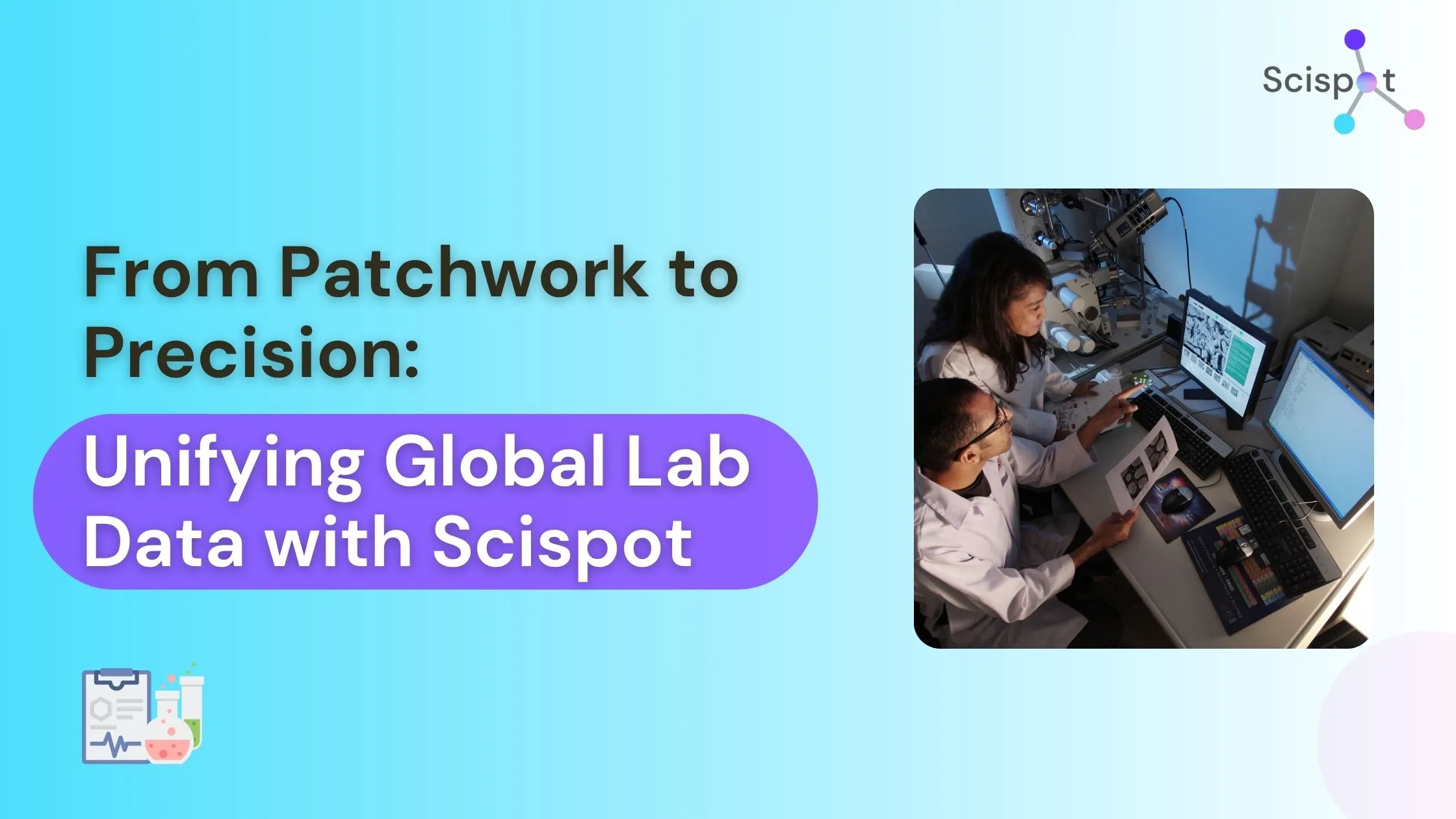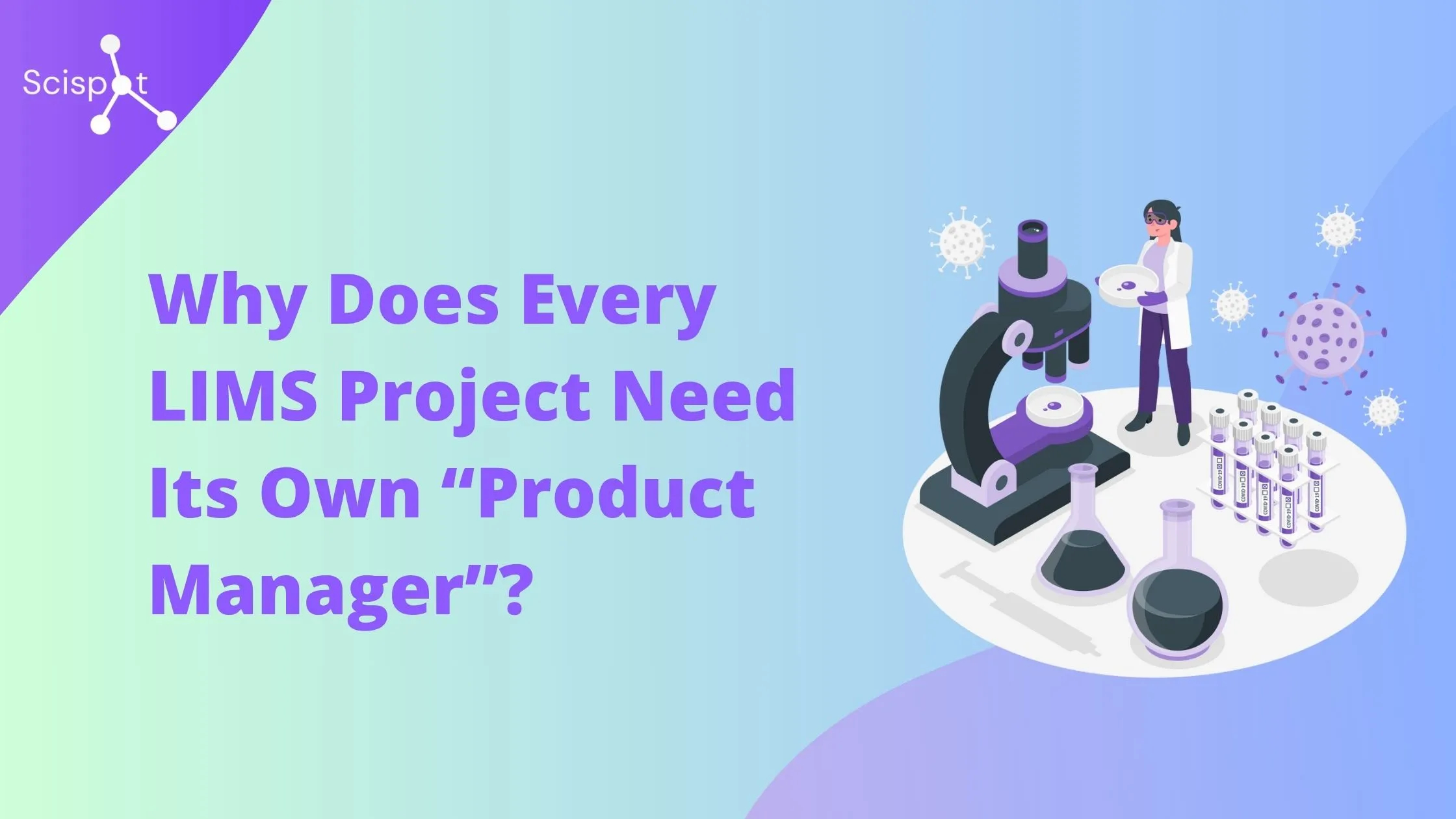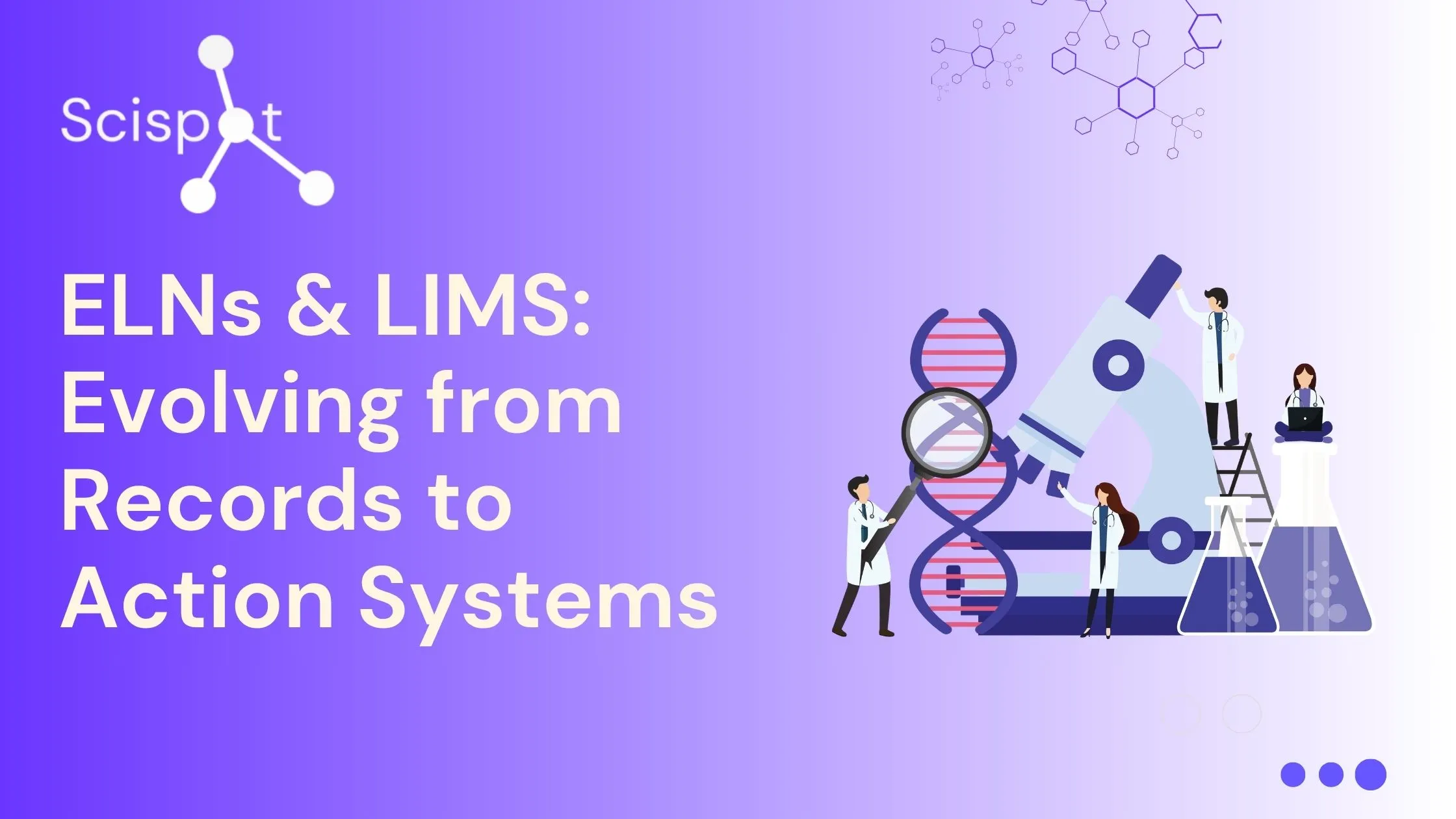The biotech arena is a fertile ground for innovations spanning across healthcare, agriculture, and industrial processes. The potential to create products that can save or enhance lives is immense. However, the journey from concept to a thriving biotech startup is strenuous, necessitating substantial research, capital, and expertise to traverse the intricate and heavily regulated biotech landscape. Here we delineate 12 rules, buttressed by real-world examples, to guide aspiring bio-entrepreneurs through the rigors of establishing and nurturing their biotech startups.
Rule 1: Perform Market Research
Embarking on a biotech venture begins with a comprehensive understanding of the market landscape. This entails:
- Understanding Your Value Proposition: Identify the unique benefits your product offers and why it's better or different from existing solutions.
- Target Customer Identification: Know who will buy your product and why.
- Market Size and Revenue Potential: Evaluate the total addressable market and potential revenue streams.
- Competitor Analysis: Understand who your competitors are and how your product differentiates from theirs.
- Technical, Regulatory, and Financial Requirements: Recognize the technical, regulatory, and financial hurdles you'll face and plan how to overcome them.
- Intellectual Property (IP) Protection Strategies: Develop a strategy for protecting your intellectual property rights.
Example: Before launching its genetic testing services, 23andMe conducted exhaustive market research to understand consumer interest, regulatory landscape, and the competitive environment.
Rule 2: Engage with Tech Transfer Offices
For those innovations emanating from academic research, liaison with the university's tech transfer office (TTO) is crucial for:
- Patent Applications: The TTO can help in filing patent applications to protect your innovations.
- Commercial Potential Evaluation: They evaluate the commercial potential of your innovations.
- Networking: They provide networking opportunities with potential mentors, advisors, partners, and investors.
- Entrepreneurship Training and Funding Opportunities: Many TTOs offer entrepreneurship training and sometimes funding opportunities.
Example: Many successful biotech startups like Genentech originated from academic settings, with significant support from their respective TTOs in the early stages.
Rule 3: Assemble a Robust Team
Concocting a team blending scientific, business, and technical expertise is pivotal for the success of biotech startups. Essential skills include scientific expertise in relevant biological and technological domains, business acumen for strategic planning and financial management, and technical know-how for product development and regulatory compliance.
Example: Genentech's success is often traced back to its founding team's harmonious blend of scientific and business acumen.
Rule 4: Seek Mentorship
Engage with mentors from various domains: industry experts for regulatory and market insights, academic mentors for technical guidance, and business mentors for strategic planning. Discover them through networking events such as BIO International Convention and JP Morgan Healthcare Conference, industry associations like Biotechnology Innovation Organization (BIO) and American Association of Pharmaceutical Scientists (AAPS), or biotech-specific incubators and accelerators like IndieBio, Y Combinator, or QB3. Utilize online platforms like LinkedIn for connecting with potential mentors. Define clear objectives for the mentorship, prepare for meetings with a clear agenda, maintain regular communication, and be receptive to feedback. Foster long-term relationships by valuing their time and offering help in their endeavors when possible.
Example: Noubar Afeyan, co-founder of Moderna, often emphasizes the value of mentorship in navigating the biotech landscape, showcasing the importance of insights from seasoned industry veterans.
Rule 5: Secure Varied Funding
The capital-intensive nature of biotech startups necessitates diversifying funding sources. Explore grants such as the SBIR in the US, IRAP in Canada, Horizon Europe in Europe, and the Biomedical Research Council grants in Asia. Additionally, consider biotech accelerators like IndieBio or Y Combinator, and biotech-focused venture capitalists and angel investors.
Example: Moderna Therapeutics harnessed varied funding conduits to fuel its mRNA research.
Rule 6: Early-Stage Product Validation and Testing
In the nascent stages of a biotech startup, establishing a proof of concept through meticulous validation and testing is crucial to garner interest from investors. Utilizing cost-effective models such as zebrafish or in silico simulations can provide preliminary validation. Collaborations with academic institutions or contract research organizations (CROs) can also be invaluable, offering access to both facilities and expertise. Platforms like Scientist.com, Science Exchange, and Labtoo can be instrumental in finding affordable CROs for this phase. Employ robust data collection tools to generate credible, compelling insights from each testing stage.
Example: BioNTech's rigorous early-stage testing drew significant investor attention, propelling them towards advanced validation stages for their COVID-19 vaccines.

Rule 7: Navigate Regulatory Terrain
Navigating the regulatory landscape is crucial for biotech startups. Early familiarization with regulatory bodies like the FDA in the US and EMA in Europe, and adherence to Good Manufacturing Practices (GMP), Good Laboratory Practices (GLP), and Good Clinical Practices (GCP) is vital. Engage regulatory consultants and legal advisors specializing in biotech to guide compliance and prepare for essential submissions like Investigational New Drug (IND) applications. Utilize freely available resources such as the FDA’s guidance documents or EMA’s guidelines, and consider attending regulatory workshops or seminars for deeper insights.
Example: The consumer genomics firm 23andMe initially offered health-related genetic insights but faced a setback in 2013 when the FDA required halting health interpretations due to validation concerns. 23andMe then paused such services, engaged with the FDA to address concerns, and conducted additional validations. By 2017, they achieved FDA authorization to provide genetic risk information for certain conditions, showcasing the significance of regulatory engagement and compliance.
Rule 8: Devise a Go-To-Market Strategy
Craft a comprehensive Go-To-Market (GTM) strategy to bridge the gap between your biotech innovation and the market. Understand your target audience, the problem you're solving, and the value you're offering. Optimize pricing by considering cost, competition, and value perception. Select efficient distribution channels; explore partnerships, direct sales, or online platforms. Establish a marketing plan emphasizing educational content to elucidate your biotech's value and build trust. Engage in customer feedback loops to refine your GTM strategy continually.
Example: Illumina effectively navigated the market entry phase with a robust GTM strategy, focusing on customer education and engagement, thereby positioning itself as a dominant player in the next-generation sequencing arena.
Rule 9: Learn from Failures, Celebrate Successes
Biotech is a long-term game with common failures like unsuccessful experiments, regulatory hurdles, and funding shortages. Embrace failures as learning steps, and celebrate small victories to maintain morale. A Harvard Business Review study of 2,500 corporate ventures highlighted learning from failure as key to subsequent success.
Example: Amgen, facing initial financial and regulatory hurdles, showcased resilience by learning from these setbacks. Their persistence led to FDA approval of their first product, Epogen, marking a significant turnaround, embodying the essence of learning from failures and celebrating successes.
Rule 10: Establish a Robust Data Infrastructure
Leverage platforms like Scispot to unify disparate, unstructured data, ensuring it's AI-ready. Early investment in a robust data infrastructure facilitates scalability and maximizes your data's potential. Over 100 modern biotech firms, including Persist AI, have implemented Scispot to streamline workflows, save millions typically spent on data integrations, and accelerate innovation.
Example: Tempus, by centralizing its data and employing AI analytics, has significantly advanced cancer therapy solutions, illustrating the power of a solid data infrastructure in driving innovation and operational efficiency in biotech.

Rule 11: Leverage Minimal Funding to Prove Technical Feasibility
Scout for small grants, crowdfunding, or angel investors to fund proof-of-concept studies. Utilize cost-effective resources and platforms like Kickstarter to exhibit your idea's technical viability, which can in turn entice additional funding.
Example: GeneWEAVE secured a modest grant for a proof-of-concept study, catalyzing further substantial Series A funding.
Rule 12: Repurpose Core Technology for a More Accessible Initial Market
If entry into your primary market is daunting, pivot to a more accessible market to validate your technology, generate early revenue, and establish credibility.
Example: BillionToOne redirected its core technology towards prenatal screening, a more accessible market, paving the way for a significant Series A round.
These 12 rules illuminate the pathway for aspiring bio-entrepreneurs, serving as a compass through the complex voyage from ideation to market triumph. By adhering to these guidelines, bio-innovators not only edge closer to entrepreneurial success but also contribute profoundly to addressing global challenges. The endeavor, though demanding, holds the promise of remarkable breakthroughs, propelling humanity forward. In this noble quest, each step, no matter how daunting, is a stride towards a future where biotechnological solutions significantly ameliorate the human condition.





.png)






